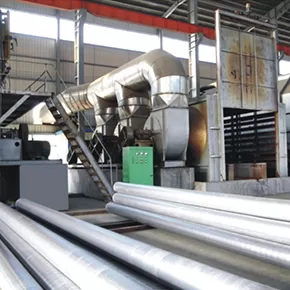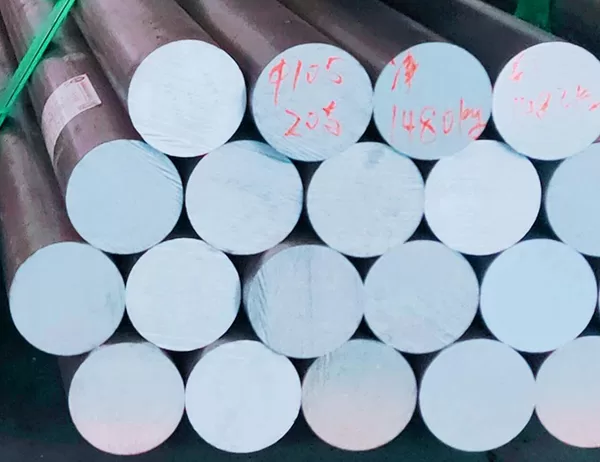In the realm of electronics, heat dissipation is crucial to ensure the longevity and optimal performance of components. Heat sinks, typically constructed from aluminum, play a vital role in this process by dissipating heat away from sensitive components, such as processors and power transistors. This article delves into the science behind aluminum heat sinks and explores how they effectively regulate heat dissipation.
Thermal Conductivity
The key to heat dissipation lies in thermal conductivity, a property that measures a material’s ability to transfer heat. Aluminum boasts an impressive thermal conductivity of approximately 237 W/(m·K), making it an ideal candidate for heat sink applications. This high thermal conductivity facilitates the rapid transfer of heat from the electronic component to the heat sink, where it can be dissipated.
Conduction
Heat transfer in heat sinks primarily occurs through conduction. When a component generates heat, it creates a temperature gradient between the component and the heat sink. Aluminum’s high thermal conductivity allows heat to flow from the hotter component to the cooler heat sink along the temperature gradient.
Surface Area
The surface area of a heat sink plays a significant role in its heat dissipation capacity. Heat sinks with larger surface areas provide more contact area between the component and the air, facilitating better heat transfer and allowing for more efficient dissipation.
Heat Sink Design
The design of heat sinks is critical to maximize heat dissipation. Heat sinks typically feature a series of fins or extrusions that increase the surface area for heat transfer. These fins are spaced to allow for airflow and facilitate convective heat transfer.
Airflow
Convective heat transfer involves the movement of air across the surface of the heat sink. As air flows over the fins, it extracts heat from the sink through convection, carrying the heat away and facilitating further heat dissipation. Forced airflow, achieved through fans or a cooling system, can significantly enhance convective cooling.
Applications of Aluminum Heat Sinks
Aluminum heat sinks find widespread applications in electronic devices, including:
– Computing: Laptops, desktops, and servers
– Power Electronics: Switch-mode power supplies, converters
– Consumer Electronics: Smartphones, tablets
– Automotive: Engine control units, power modules
Conclusion
Aluminum heat sinks are essential components in the cooling of electronic devices. Their high thermal conductivity, ample surface area, and optimized designs enable them to effectively dissipate heat away from sensitive components, ensuring their reliability and preventing premature failure. Understanding the science behind aluminum heat sinks is crucial for engineers and designers seeking efficient thermal management solutions in various electronic applications.




